The Role of Advanced Materials in Driving Sustainability and Energy Storage Innovation
From nanoscale lattices to deployable space structures and bioengineered hydrogels, the future of sustainability is undeniably material-driven. Advanced materials not only hold the key to solving today’s pressing energy challenges but also unlock entirely new paradigms for how we harvest, store, and use energy. The path to a sustainable, energy-secure future runs through the laboratory bench, where atoms, geometry, and innovation converge.
Author - Sarvesh Joshi*, Editor - Sumedh Joshi
6/4/20255 min read
As the world accelerates towards climate change and dwindling fossil fuel reserves, a global pivot towards sustainable energy has become imperative. At the heart of this transformation lies a quiet revolution powered by material science, particularly the design and deployment of novel materials tailored for energy conversion, storage, and structural efficiency. From architected porous materials to bio-inspired hydrogels and ultralight space structures, advances in material design are redefining what is possible in sustainable technologies.
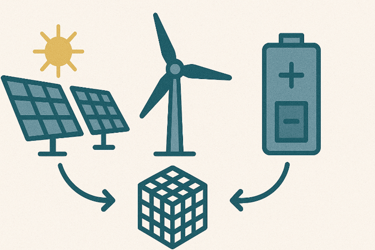

The Sustainability Challenge
Global energy demand continues to surge, propelled by population growth and industrialization. Yet over 80% of this demand is still met by fossil fuels, which contribute significantly to greenhouse gas emissions. According to projections, if unabated, climate warming could exceed 4.9°C by 2100 compared to pre-industrial levels. This calls for not only a shift to renewable energy sources, such as solar, wind, and biomass but also the development of systems that efficiently store and convert this energy. In this article, we discuss the applications of architected and advanced materials in fuel cells, energy storage devices, biomechanical devices, and energy harvesting space materials.
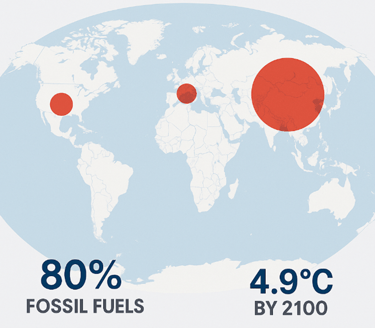

About the author
*Sarvesh Joshi is a PhD student at Cornell University. Sarvesh works at the Bouklas Lab, where he is involved in the study of architected materials and multiphysics for soft materials. Press the LinkedIn icon below to reach out to him to know more about his research!
1. Architected Porous Materials: The Backbone of Renewable Systems
One of the most promising frontiers in this space is the use of multiscale architected porous materials (MAPMs). These materials possess intricately designed structures with controllable porosity, high surface area-to-volume ratios, and tunable topologies that significantly enhance energy storage and conversion efficiency (Hoseini et al., 2023). The figure below features the shellular structures of these MAPMs.
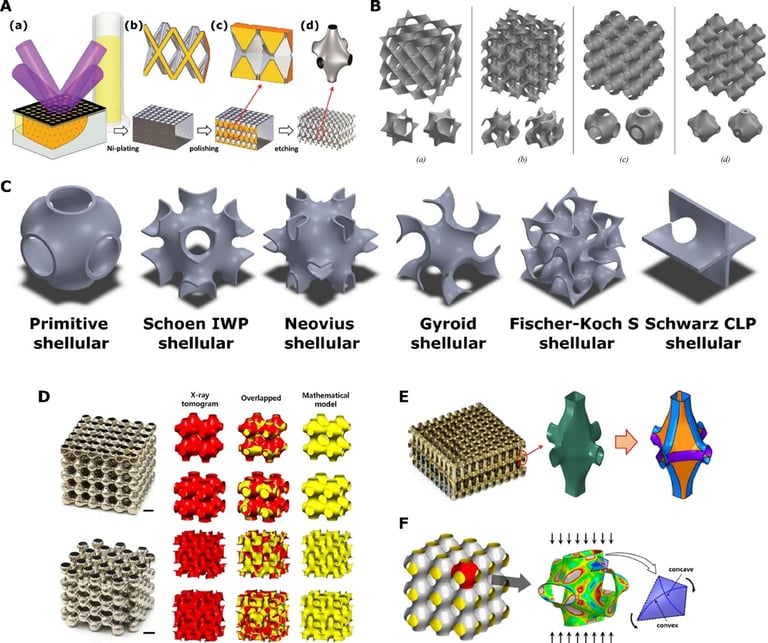

Applications of MAPMs range from fuel cells and supercapacitors to thermoelectric and piezoelectric generators. In fuel cells, for instance, porous electrodes facilitate enhanced ion diffusion and gas transportation, resulting in improved electrical output. Similarly, in batteries and supercapacitors, these materials accommodate ion flux and volume changes during charge and discharge cycles, thereby improving cycle life and performance.
The advantages of MAPMs extend to thermal energy systems, where metal and carbonaceous foams help manage heat efficiently due to their high thermal conductivity and low density. They also appear in solar cells and triboelectric harvesters, where their geometry amplifies light absorption or mechanical-to-electrical conversion.
2. Biomimetic Materials: From Jellyfish to Energy Systems
Inspiration from biology is pushing material design in new directions. A striking example comes from the hydrogels developed using Hydra stinging cell proteins, notably Minicollagen-1. These bio-derived polymers can be crosslinked through photo-initiated disulfide bonds, resulting in strong, lightweight, and reconfigurable hydrogels (Farajollahi et al. 2019).
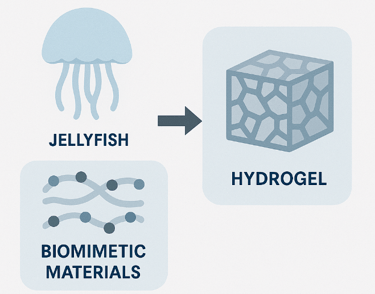

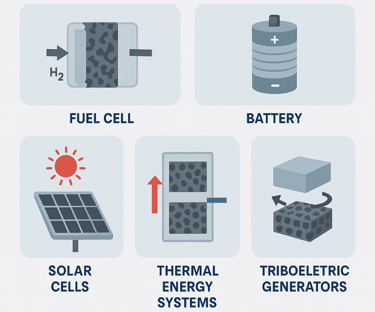

Such hydrogels hold promise for sustainability not only due to their biodegradable and biocompatible nature but also because they can be engineered for mechanical resilience and tunable functionality. These properties make them candidates for use in soft robotics, wearable energy devices, and responsive materials in biomedical and environmental applications.
3. Space Structures and Energy Harvesting
Sustainable energy solutions are not limited to terrestrial applications. Recent innovations in ultralight deployable space structures point to the viability of space-based solar power (SBSP). These structures, built from thin shell longerons and battens, support large arrays of photovoltaic tiles that can harvest solar energy in orbit and beam it to Earth via microwave transmission.
The key enabler here is the materials: composite laminates with high bending stiffness and extremely low mass (as low as 150 g/m2). These materials not only make the structure deployable and stable in space but also ensure that they can withstand repeated folding and unfolding cycles without damage (Gdoutos et al., 2020). A representation of the folding and unfolding process and the possible structures is shown in the figure below.
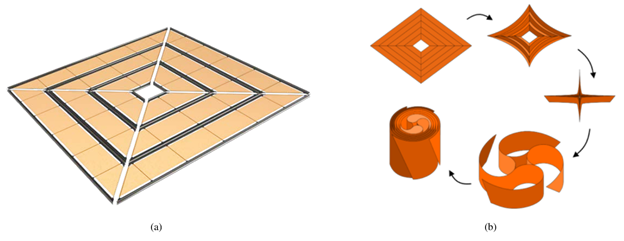

Such developments demonstrate how lightweight architected materials are expanding the frontiers of renewable energy, enabling scalable, space-based systems that could supplement Earth’s energy supply without the limitations of atmospheric interference.
4. Material for Engineered Living Systems
Sustainability also intersects with biology in the emerging field of engineered living materials (ELMs). One example involves the control of biofilm growth through porous metamaterials, which are computationally designed using Bayesian optimization methods (Zhai and Yeo, 2023). These porous structures promote or inhibit microbial growth depending upon their architecture, making them invaluable in applications ranging from wastewater treatment to microbial fuel cells.
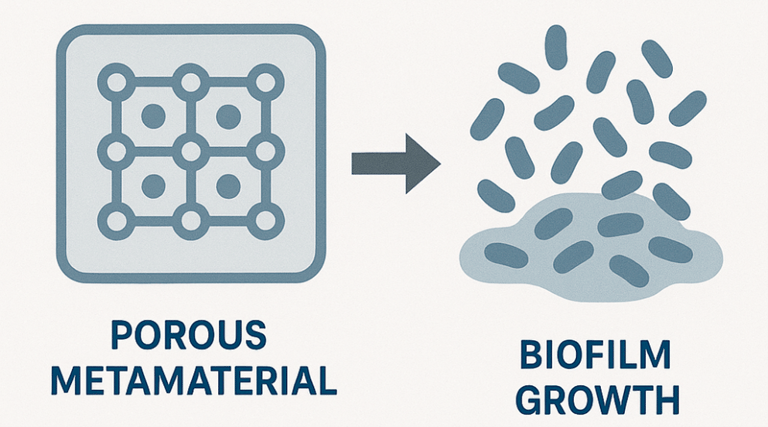

Individual-based Modeling (IbM) techniques, which simulate the behavior of single bacterial cells within a porous matrix, have proven especially effective in predicting the spatiotemporal dynamics of biofilms. This allows scientists to optimize structures that either harness microbial activity for energy production or prevent undesirable biofouling.
Now that we have covered a wide range of applications of architected materials in energy generation and storage, let us discuss the aspects of manufacturing these materials.
Manufacturing: The Rise of Additive and Scalable Techniques
The fabrication of these advanced materials has been made possible by modern manufacturing techniques, particularly additive manufacturing (3D printing). Techniques such as stereolithography and selective laser melting enable precise control over pore structure, lattice geometry, and material composition. These enable the production of complex, multi-functional energy devices such as printed batteries, supercapacitors, and triboelectric harvesters.


Such fabrication strategies not only improve performance but also reduce waste and material usage, aligning closely with sustainability goals. Additionally, materials can now be designed to be recyclable, biodegradable, or reconfigurable, offering a complete life cycle approach to environmental impact.
Challenges and Outlook
Despite impressive strides, several challenges remain. The durability and long-term stability of many architected materials under cyclic loading, extreme temperatures, or chemical exposure still require further study. Moreover, scaling lab-developed structures to industry levels without compromising performance is non-trivial.
Another ongoing challenge lies in the integration of multiple functionalities – mechanical, electrical, and thermal – within a single material system. Achieving such multifunctionality is key to building next-generation energy systems that are not only efficient but also compact, lightweight, and environmentally friendly.
Nevertheless, the trajectory is clear. With continued investment in materials research, particularly at the intersection of biology, engineering, and data-driven designs, we are likely to witness a new class of sustainable energy technologies that are materially brighter, structurally lighter, and functionally richer than ever before.
Conclusion
From nanoscale lattices to deployable space structures and bioengineered hydrogels, the future of sustainability is undeniably material-driven. Advanced materials not only hold the key to solving today’s pressing energy challenges but also unlock entirely new paradigms for how we harvest, store, and use energy. The path to a sustainable, energy-secure future runs through the laboratory bench, where atoms, geometry, and innovation converge.
Connect
info@energizetomorrowus.com
© 2025. All rights reserved.


